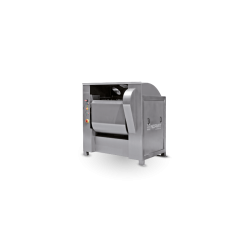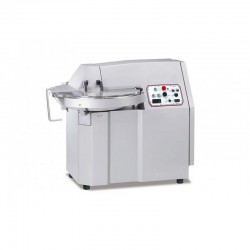Ready to eat meals
The process of preparing ready-to-eat meals typically involves the following steps:
Recipe development: The first step in preparing ready-to-eat meals is to develop a recipe that meets the desired nutritional profile, flavor profile, and appearance. This may involve researching ingredients, testing recipes, and adjusting the recipe until it meets the desired criteria.
Ingredient selection: Once the recipe is developed, the ingredients need to be selected. This may involve sourcing ingredients from suppliers, ensuring that they meet the required quality standards, and preparing them for use in the recipe.
Preparation: Once the ingredients are selected, they need to be prepared according to the recipe instructions. This may involve chopping, slicing, dicing, marinating, cooking, or other forms of preparation to ensure that the ingredients are ready for use.
Packaging: Once the ingredients are prepared, they need to be packaged in a way that ensures freshness, safety, and convenience. This may involve packaging the meal in a container that is suitable for microwaving or reheating in an oven or on a stovetop.
Quality control: Throughout the preparation and packaging process, quality control measures need to be taken to ensure that the food is safe, nutritious, and meets all regulatory requirements. This may involve testing the food for contaminants, monitoring the production processes, and ensuring that the labeling and packaging are accurate and complete.
Overall, the process of preparing ready-to-eat meals requires careful attention to recipe development, ingredient selection, preparation, packaging, quality control, and distribution. By following these steps, manufacturers can create safe, nutritious, and high-quality meals that meet the needs of consumers.
Here are the most most popular ready-to-eat meals:
Frozen meals: These are pre-cooked meals that are frozen and can be reheated in the microwave or oven. Examples include frozen pizza, lasagna, macaroni and cheese.
Canned meals: These are pre-cooked meals that are canned and can be eaten cold or heated up on the stove. Examples include soups, chilli, and ravioli.
Ready-to-eat sandwiches: These are pre-made sandwiches that are often sold in convenience stores, grocery stores, or cafes. Examples include turkey and cheese, ham and Swiss, and veggie wraps.
Salad bowls: These are pre-packaged salads that often include a mix of greens, vegetables, and proteins such as chicken or shrimp. They are typically sold in grocery stores or cafes.
Snack boxes: These are pre-packaged boxes that include a mix of snacks such as nuts, fruits, and cheese. They are often sold in grocery stores, airports, or online.
Protein bars: These are pre-packaged bars that include a mix of proteins, carbs, and fats. They are often used as a meal replacement or snack.
Ready-to-eat breakfast: These are pre-packaged breakfast options that can be eaten on-the-go. Examples include granola bars, yogurt cups, breakfast sandwiches, and oatmeal cups.
Heat-and-eat meals: These are pre-cooked meals that are sold refrigerated and can be heated up quickly in the microwave or oven. Examples include pre-cooked chicken or beef with vegetables, pasta dishes, and rice bowls.
Pre-made entrees: These are fully cooked, restaurant-style meals that are packaged and sold in grocery stores. Examples include beef stroganoff, chicken alfredo, and shrimp scampi.
These are just a few examples of the many different types of ready-to-eat meals available. Ready-to-eat meals can be a convenient and time-saving option for people who don't have the time or energy to cook from scratch, or for those who are looking for a quick and easy meal on-the-go.

 English
English
 Deutsch
Deutsch
 Français
Français
 Español
Español
 Italiano
Italiano
 Português PT
Português PT











